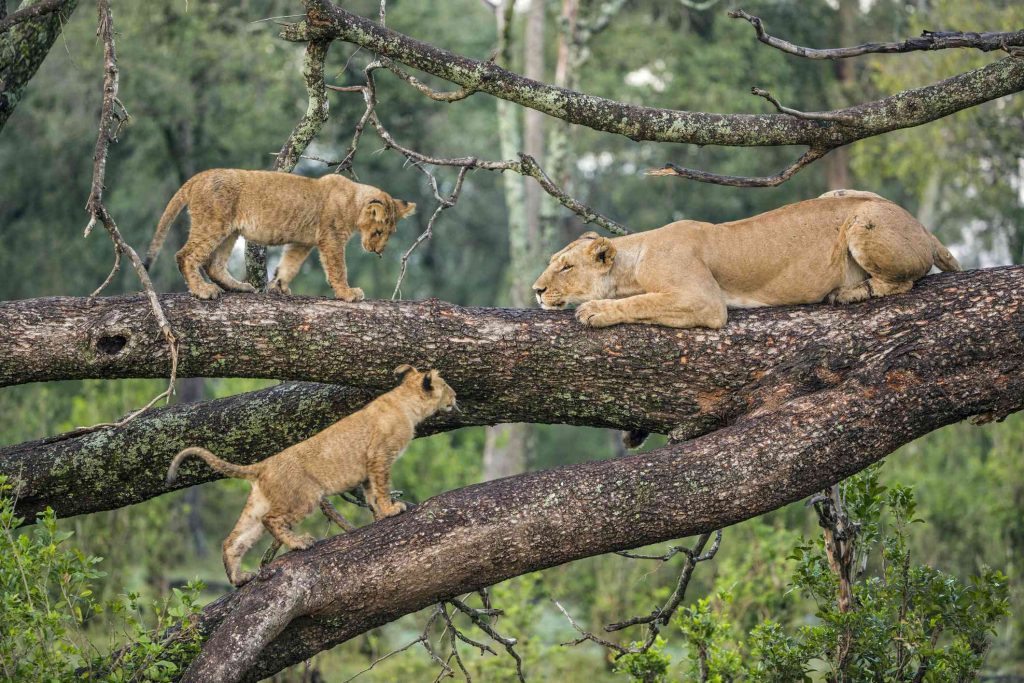Welcome to one of the most unusual and awe-inspiring phenomena in the natural world: the Blue Wildebeest migration – a grand spectacle of life on the move across the African plains. Each year, nearly two million Blue Wildebeests trek across East Africa in a cycle of birth, death, and rebirth that is unparalleled in its scale and majesty. This article will guide you through this wondrous journey and reveal some fascinating facts and trivia about the Blue Wildebeest migration.
Unraveling the Great Trek: Fascinating Insights into Wildebeest Migration
At the heart of this massive movement is the Blue Wildebeest, also known as the Brindled Gnu. Its annual migration is the largest overland migration in the world and is driven by the animals’ innate instinct to find the best grazing spots. The Wildebeests, accompanied by zebras and gazelles, cover an astounding distance of approximately 1,800 miles throughout the year, braving crocodile-infested rivers and the threat of predators on the way.
The timing and route of the Wildebeest migration are determined by the availability of grazing land, which is dependent on rainfall patterns. The migration begins in the southern Serengeti in Tanzania, where the Wildebeests give birth to their young in February and March. They then head towards the western and northern Serengeti, crossing over into Kenya’s Maasai Mara around July or August. The spectacle of over a million Wildebeests crossing the Mara River is one of nature’s most dramatic scenes.
Interestingly, the Wildebeest migration is not just about the movement of animals; it also plays a crucial role in the ecosystem. As the Wildebeests graze, they help to fertilize the land with their dung, control the growth of vegetation, and shape the landscape. They are also a vital food source for predators like lions, cheetahs, and crocodiles, contributing to the balance of the ecosystem.
Embrace the Adventure: Exciting Trivia about the Blue Wildebeest Journey
As we dive deeper into the Blue Wildebeest migration, here are some fun facts that you might not know. The Blue Wildebeest can detect rain from up to 50 kilometers away, guiding them to greener pastures. Moreover, although they are not the fastest animals, Wildebeests can maintain a steady speed of around 80 kilometers per hour when they migrate, allowing them to cover great distances.
Witnessing the Wildebeest migration isn’t just a spectacle for sightseers; it’s also a feast for the ears. A large herd of migrating Wildebeests can be heard from miles away due to the thunderous sound of their hooves striking the ground. And did you know that not all Wildebeests join the migration? Some resident herds choose to stay in one area throughout the year, showing that even within a species, there are differences in behavior.
Fascinatingly, despite the dangers they face during the migration, Wildebeests have a relatively long lifespan. They can live up to 20 years in the wild, which is quite impressive for an animal that is frequently preyed upon by Africa’s top predators. It is another testament to the resilience and endurance of these remarkable creatures.
The Blue Wildebeest migration is indeed a wondrous journey, a testament to the incredible endurance and tenacity of these animals. The spectacle of millions of Wildebeests moving across the plains in their instinctual quest for survival is a sight to behold and a reminder of the complexity and beauty of our natural world. Join us next time as we explore more fascinating facts about the natural world, and remember, there’s always something amazing to learn about our planet!

